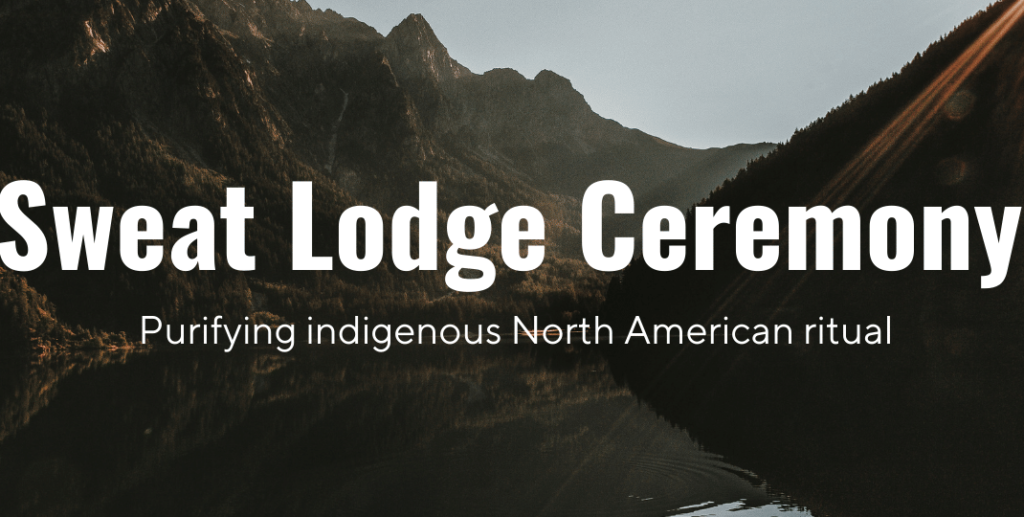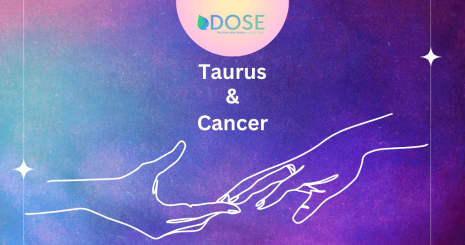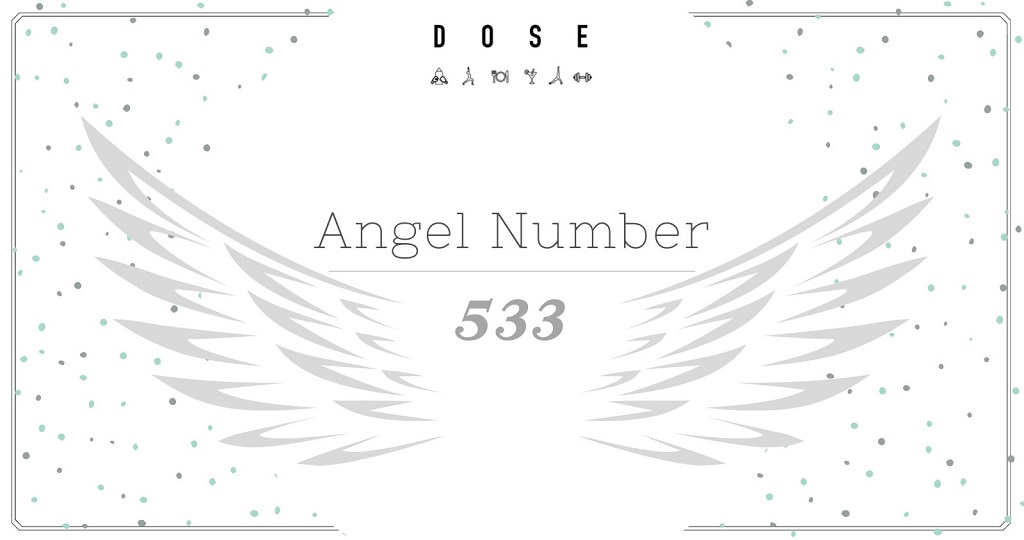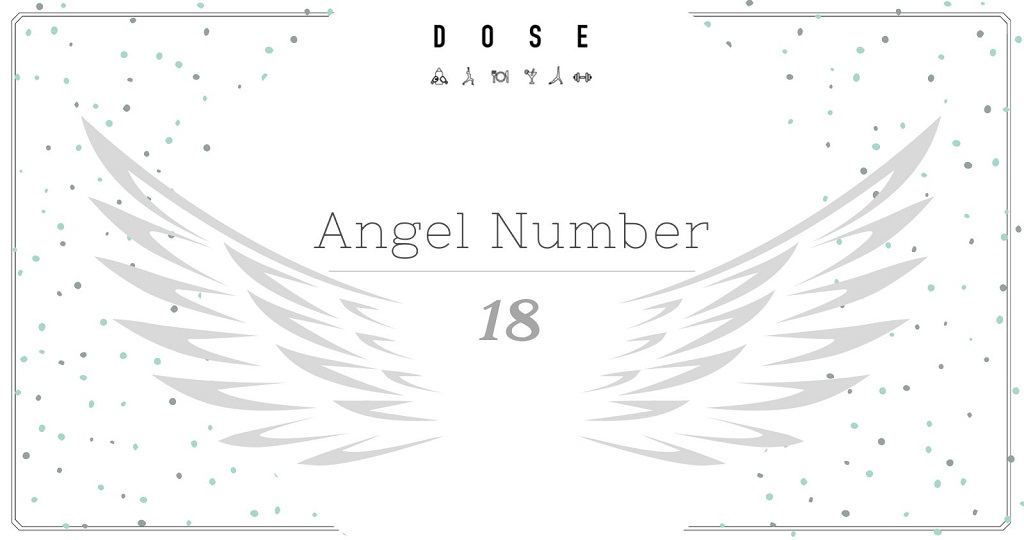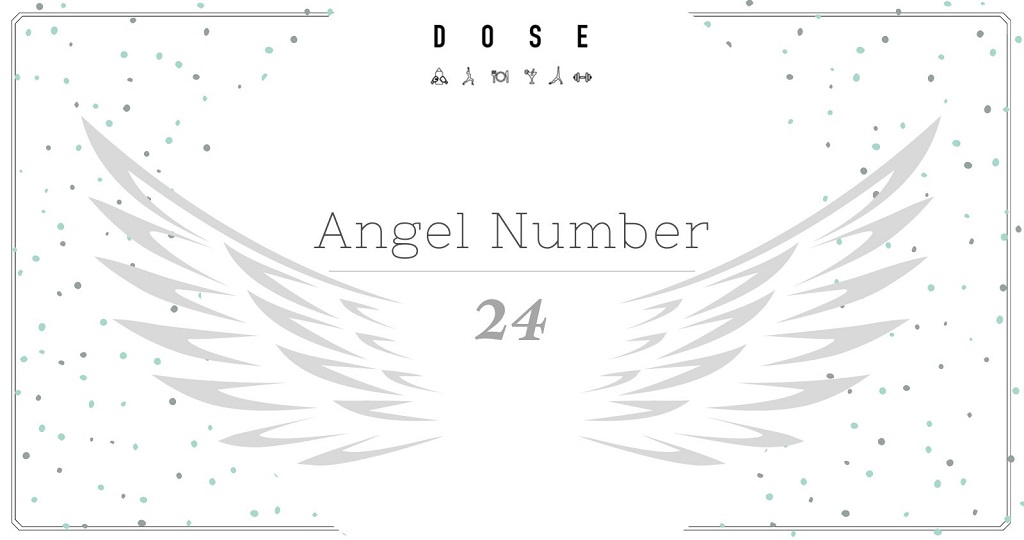Sweat lodge ceremony is a sacred and traditional practice that has been embraced by different cultures across the world. It involves sitting in a confined, dark space, heated by hot rocks, while water is poured over them, creating steam and intense heat. The purpose of this ceremony can vary depending on the culture in which it is practiced. It could be for purification, healing, or spiritual renewal. This article will explore the various aspects of this practice in details.
The History and Origins of Sweat Lodge Ceremony

The sweat lodge ceremony is believed to have its origins in Native American culture and has been used by different tribes for many years. Many ancient cultures around the world have a variation of sweat lodges or similar practices. The Tahitians have the fale, the Russians have the banya, and the Scandinavians have the sauna. In Native American culture, it was believed that the sweat lodge was a place to connect with the spirits, receive visions and guidance, and also to purify the body and mind.
The sweat lodge ceremony is typically conducted in a dome-shaped structure made of natural materials such as willow branches, blankets, and tarps. Stones are heated in a fire outside the lodge and then brought inside to create a steamy environment. Participants sit inside the lodge and are led through a series of prayers, songs, and meditations. The heat and steam are believed to help release toxins from the body and promote physical and spiritual healing. Today, sweat lodge ceremonies are still practiced by many Native American tribes and have also gained popularity in wellness and spiritual communities around the world.
The Significance of Sweat Lodge Ceremony in Various Cultures
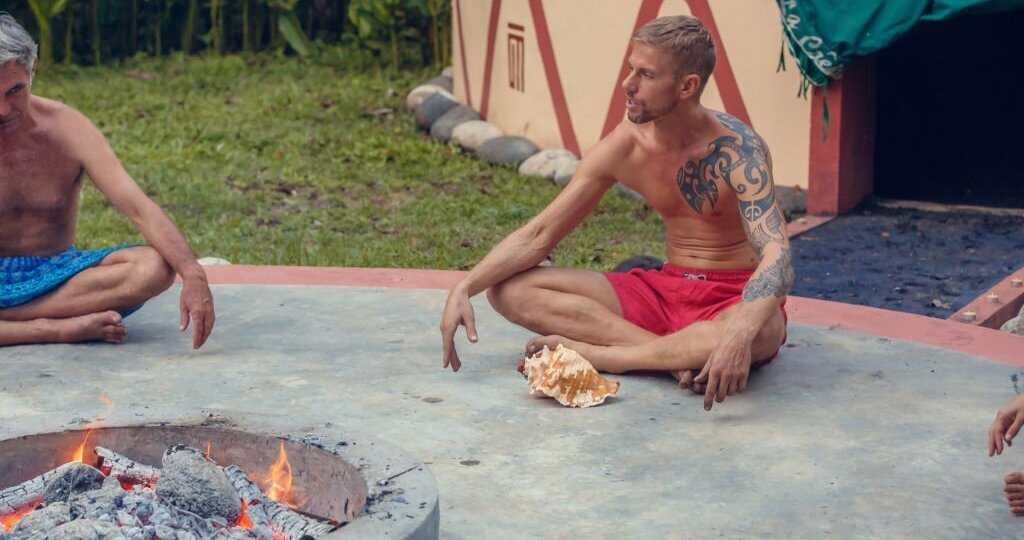
While the sweat lodge ceremony has similarities across different cultures, it also has unique meanings attributed to it. In some cultures, it serves as a rite of passage, marking important milestones in one’s life like puberty, marriage, or other significant ceremonies. In others, it is used to help participants connect with their spiritual selves or the divine. Some Native American tribes believe the sweat lodge is also a symbol of the womb, representing a place of rebirth.
Another important aspect of the sweat lodge ceremony is the use of medicinal plants and herbs. In some cultures, specific plants are added to the hot stones to create a healing steam. These plants are believed to have medicinal properties that can help with physical and emotional ailments. The use of these plants is often guided by a traditional healer or medicine person.
The sweat lodge ceremony is also seen as a way to build community and strengthen relationships. Participants often come together to support each other through the intense heat and physical discomfort of the ceremony. This shared experience can create a sense of unity and connection among participants, and can also help to build trust and understanding between different cultures and communities.
The Purpose and Benefits of Participating in a Sweat Lodge Ceremony
The sweat lodge ceremony has several purposes, including physical, emotional, and spiritual healing.
- The heat and steam are believed to help detoxify the body, eliminating toxic substances and waste, and aiding in weight loss.
- The ceremony is also believed to help with relaxation, emotional balance, and spiritual connection and renewal.
The Different Types of Sweat Lodge Ceremonies Across the World
While the basic principle of the sweat lodge ceremony is the same, different cultures may have variations in the materials used, the shape of the lodge, the rituals and protocols followed, and the overall meaning of the ceremony. The North American sweat lodge is usually dome or hut-shaped, made from natural materials like tree limbs, blankets, and canvas. The Scandinavian sauna, on the other hand, is typically a wooden structure and may include other activities like swimming or rolling in snow.
In South America, the sweat lodge ceremony is known as a temazcal and is often used for spiritual and healing purposes. The structure is typically made from adobe or stone and is shaped like a dome. The ceremony involves chanting, prayer, and the use of medicinal herbs.
In Africa, the sweat lodge ceremony is known as a sweat bath or steam bath and is often used for cleansing and purification. The structure is typically made from mud or clay and is shaped like a dome or igloo. The ceremony involves pouring water over hot stones to create steam and may include the use of medicinal plants and herbs.
How to Prepare for a Sweat Lodge Ceremony: Rituals and Traditions
Before participating in a sweat lodge ceremony, there are specific preparations that need to be made.
- These preparations vary depending on the culture in which the ceremony is taking place. For example, some Native American tribes require participants to fast for a few days before the ceremony, while others require a specific diet.
- It is also essential to dress appropriately and bring certain ceremonial items, like tobacco or herbs.
- In addition to the physical preparations, it is important to mentally and spiritually prepare for a sweat lodge ceremony. This may involve meditation, prayer, or other forms of spiritual practice.
- It is also important to approach the ceremony with an open mind and heart, and to be respectful of the traditions and beliefs of the culture in which the ceremony is taking place.
- During the ceremony, it is important to follow the guidance of the ceremony leader and to respect the sacred space of the sweat lodge. This may involve refraining from speaking or making noise during certain parts of the ceremony, or following specific rituals or traditions.
- It is also important to listen to your body and to communicate any discomfort or concerns with the ceremony leader.
The Etiquette and Customs to Observe During a Sweat Lodge Ceremony
Participating in a sweat lodge ceremony requires observing specific etiquette and customs to ensure that the ceremony runs smoothly and everyone is safe.
- These may include following the directives of the facilitator, observing appropriate dress, and maintaining appropriate behavior during the ceremony.
- Another important aspect of sweat lodge ceremony etiquette is respecting the sacredness of the space. This means refraining from any disrespectful behavior or language, and avoiding any actions that may disrupt the spiritual atmosphere of the ceremony.
- It is also important to honor the traditions and beliefs of the specific sweat lodge community you are participating with.
- Additionally, it is customary to bring a small gift or offering to the sweat lodge ceremony as a sign of respect and gratitude. This can be something as simple as tobacco, sage, or a small piece of jewelry.
- It is important to ask the facilitator beforehand if there are any specific offerings that are preferred or prohibited.
The Role of the Sweat Lodge Leader or Facilitator in the Ceremony
The sweat lodge leader or facilitator plays a significant role in the ceremony, ensuring that everything runs smoothly and safely.
- They may be responsible for choosing participants, preparing the lodge, and leading the ritual and prayers during the ceremony. They also oversee participants’ safety and well-being in the lodge.
- In addition to these responsibilities, the sweat lodge leader or facilitator also serves as a guide and mentor for participants. They may offer advice and support to those who are struggling with personal issues or challenges. They may also provide spiritual guidance and help participants connect with their inner selves and the natural world around them.
- Another important aspect of the sweat lodge leader or facilitator’s role is to maintain the sacredness and integrity of the ceremony. They ensure that participants understand the significance of the ritual and the importance of respecting the lodge, the fire, and the other participants.
- They may also educate participants about the history and traditions of the sweat lodge ceremony, and help them understand its cultural significance.
Potential Risks and Precautions to Consider Before Participating in a Sweat Lodge Ceremony
While the sweat lodge ceremony can be a transformative and cathartic experience, it is essential to consider the potential risks that may arise. The intense heat and steam may pose a risk of dehydration, heat stroke, or other health concerns. Participants with certain pre-existing health conditions, like heart disease, diabetes, or high blood pressure, should consult their doctor before participating in this type of ceremony.
Personal Experiences and Testimonies from Those Who Have Participated in a Sweat Lodge Ceremony
Personal experiences can vary widely from person to person in a sweat lodge ceremony. Some have reported feeling renewed and rejuvenated, while others may feel disoriented or overwhelmed. While it is impossible to predict precisely what one will feel or experience in a sweat lodge ceremony, many participants report being deeply moved by the spiritual nature of the ritual.
In conclusion, sweat lodge ceremony is a tradition deeply rooted in different cultures worldwide. It is a practice that promotes purification, healing, and spiritual growth. However, it is essential to approach this ceremony with respect, courtesy and observing all necessary precautions to ensure personal safety and a transformative experience.
